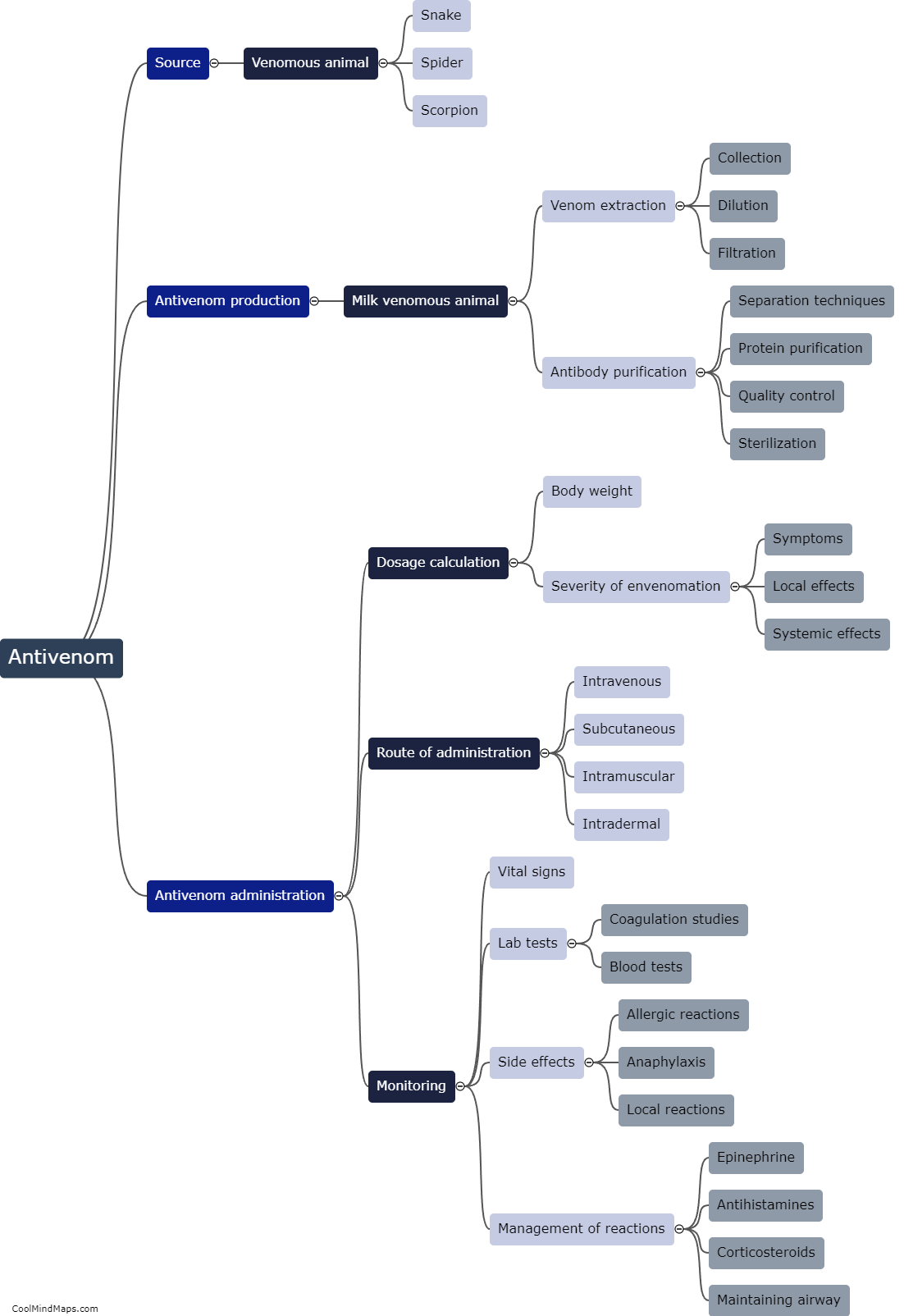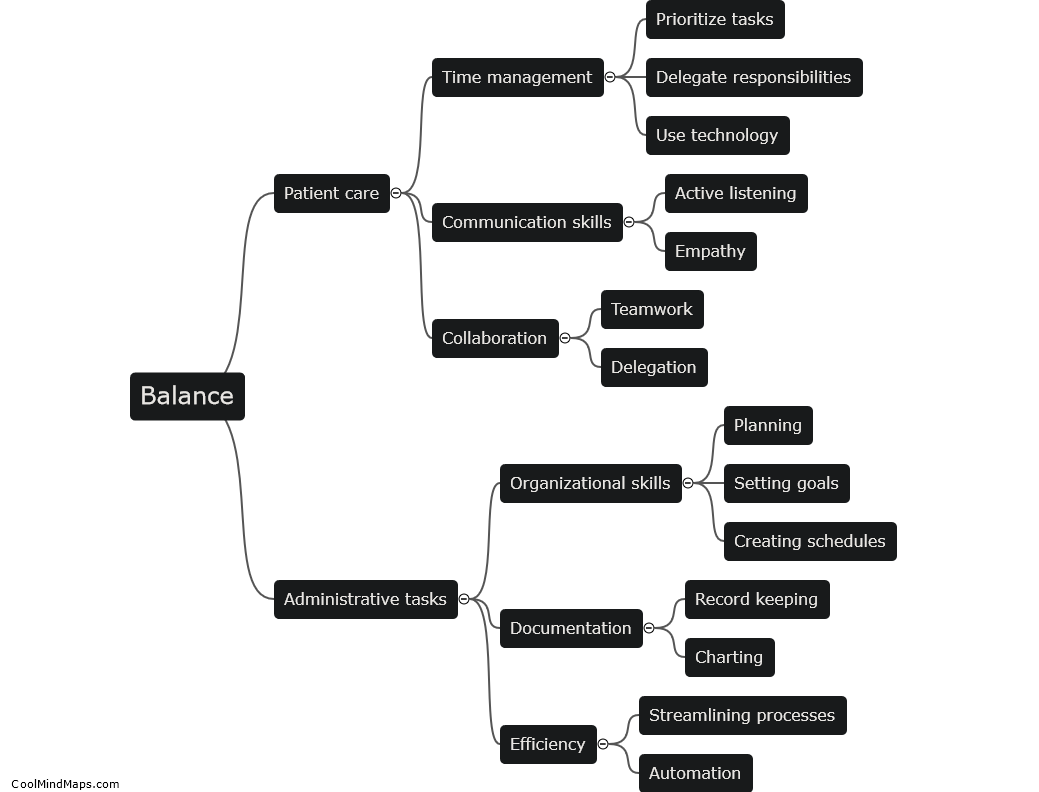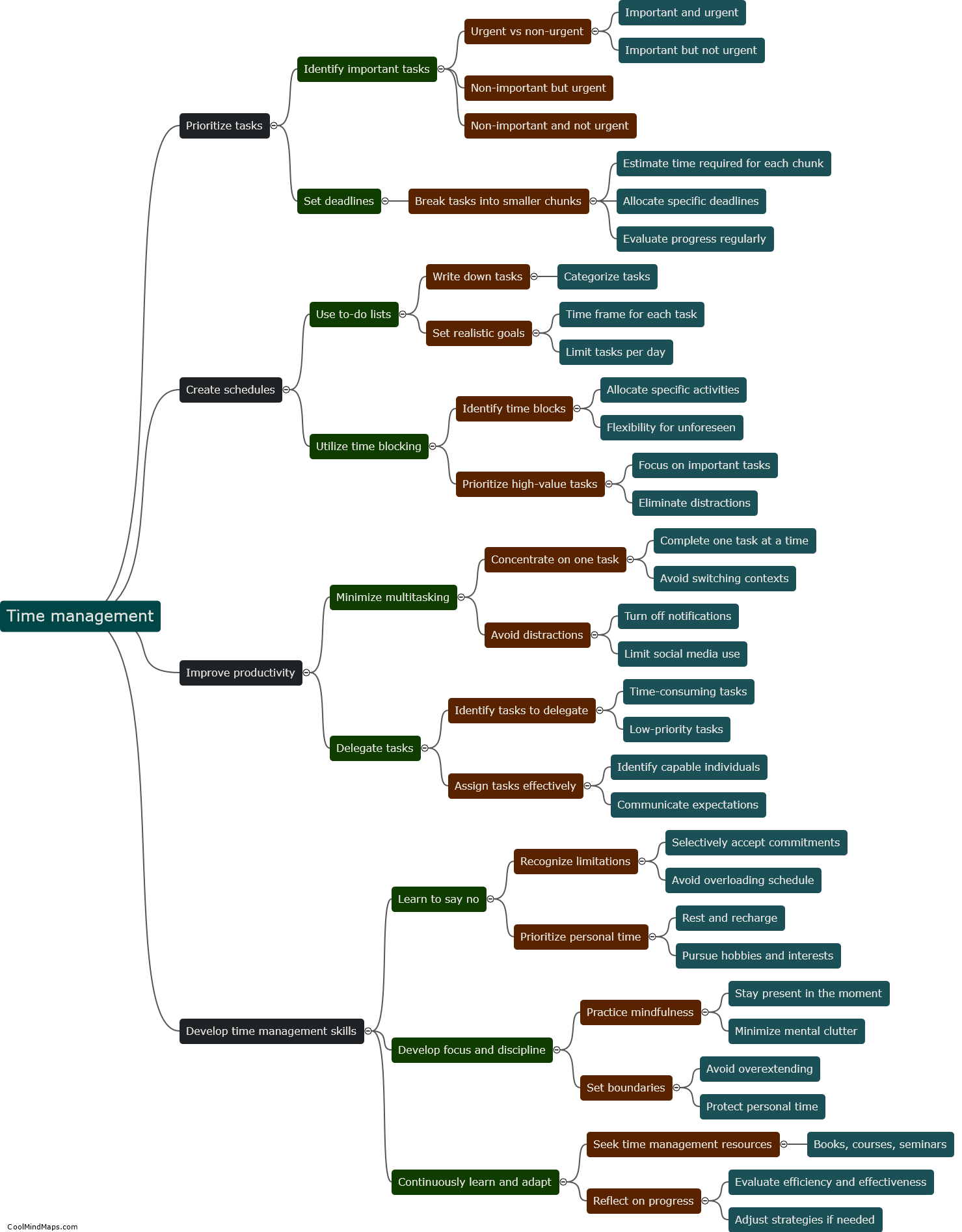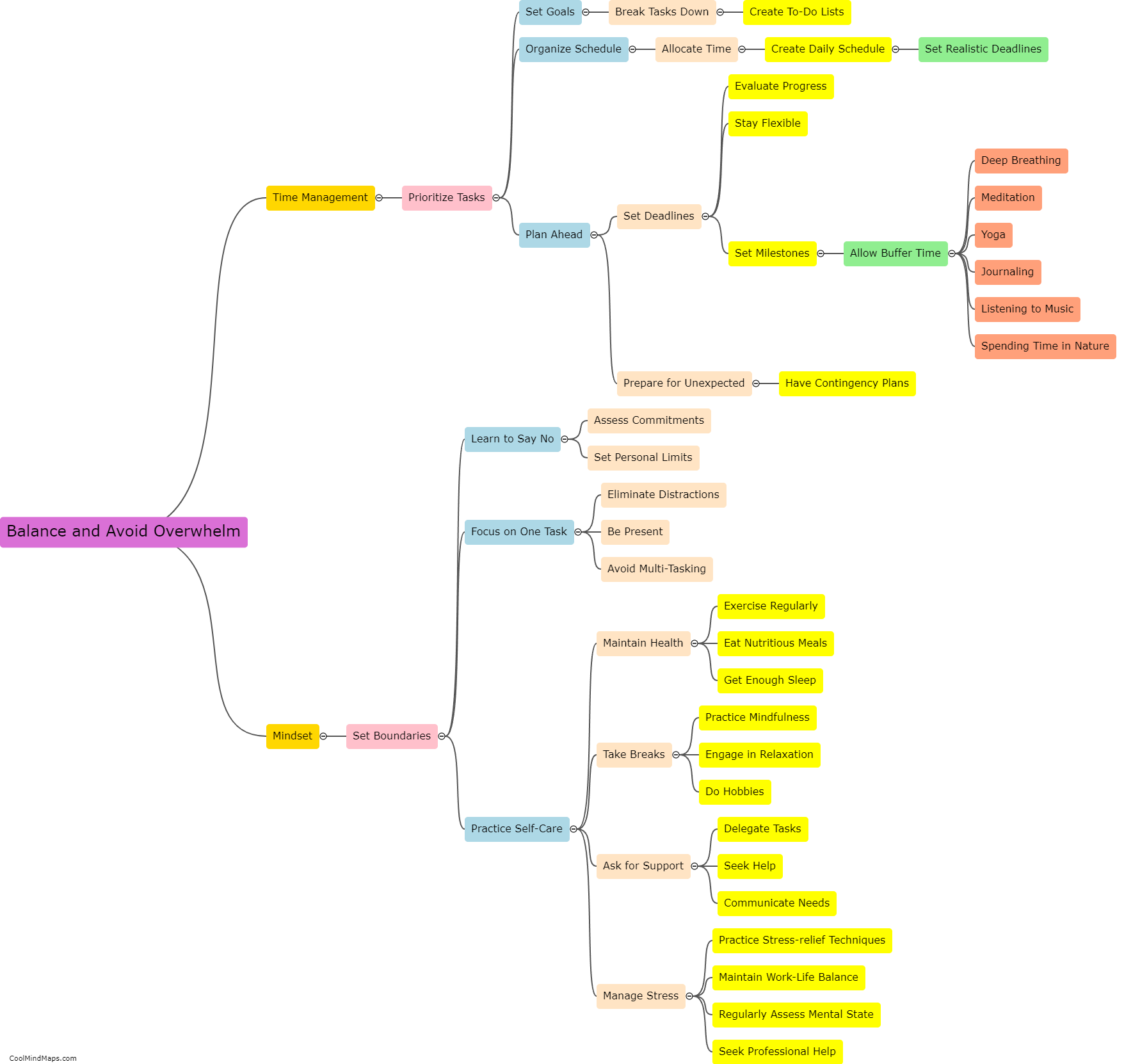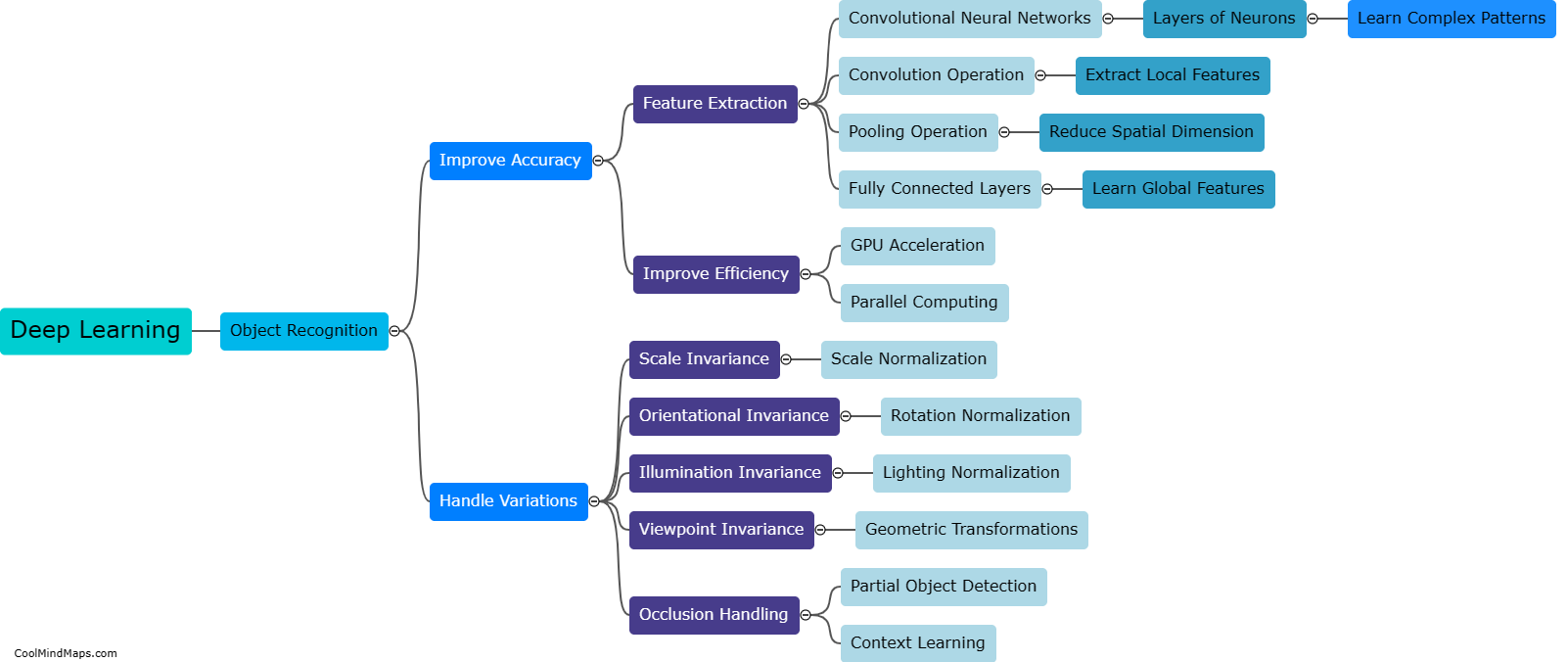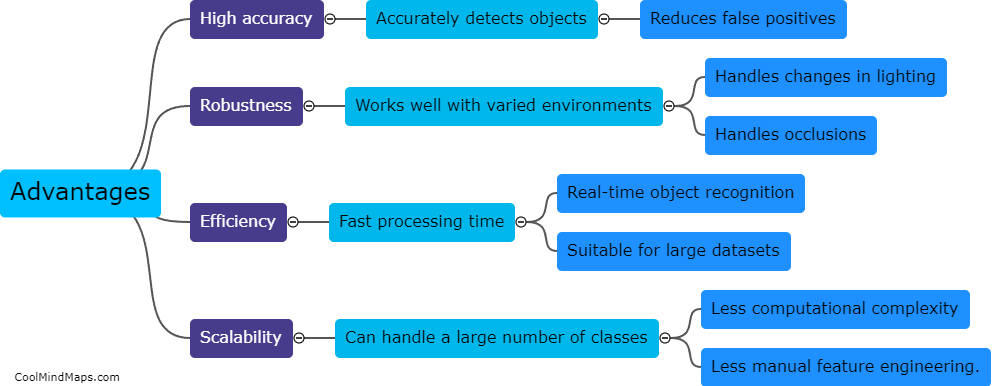What are the methodologies involved in using ResNet50 on CIFAR10?
Using ResNet50 on CIFAR10 involves several methodologies. First, the CIFAR10 dataset needs to be preprocessed by resizing the images to the appropriate dimensions used by ResNet50 and normalizing the pixel values. The ResNet50 model is then trained on this preprocessed dataset using a deep learning framework like TensorFlow or PyTorch. During training, the model's weights are adjusted through a process called backpropagation, using an optimizer like stochastic gradient descent or Adam. To evaluate the model's performance, metrics such as accuracy or loss are computed on a separate validation set. Fine-tuning techniques can be applied by freezing some layers of ResNet50 and training only certain parts of the model. Regularization techniques like dropout or weight decay can also be used to prevent overfitting. Finally, the trained model can be used to make predictions on new CIFAR10 images.

This mind map was published on 20 September 2023 and has been viewed 130 times.
